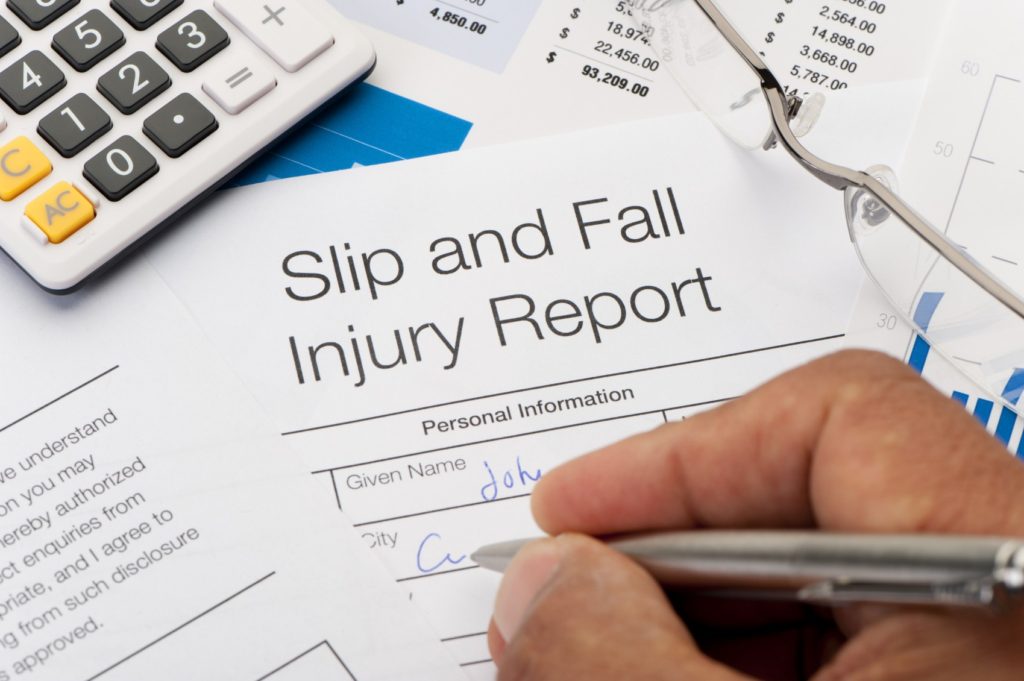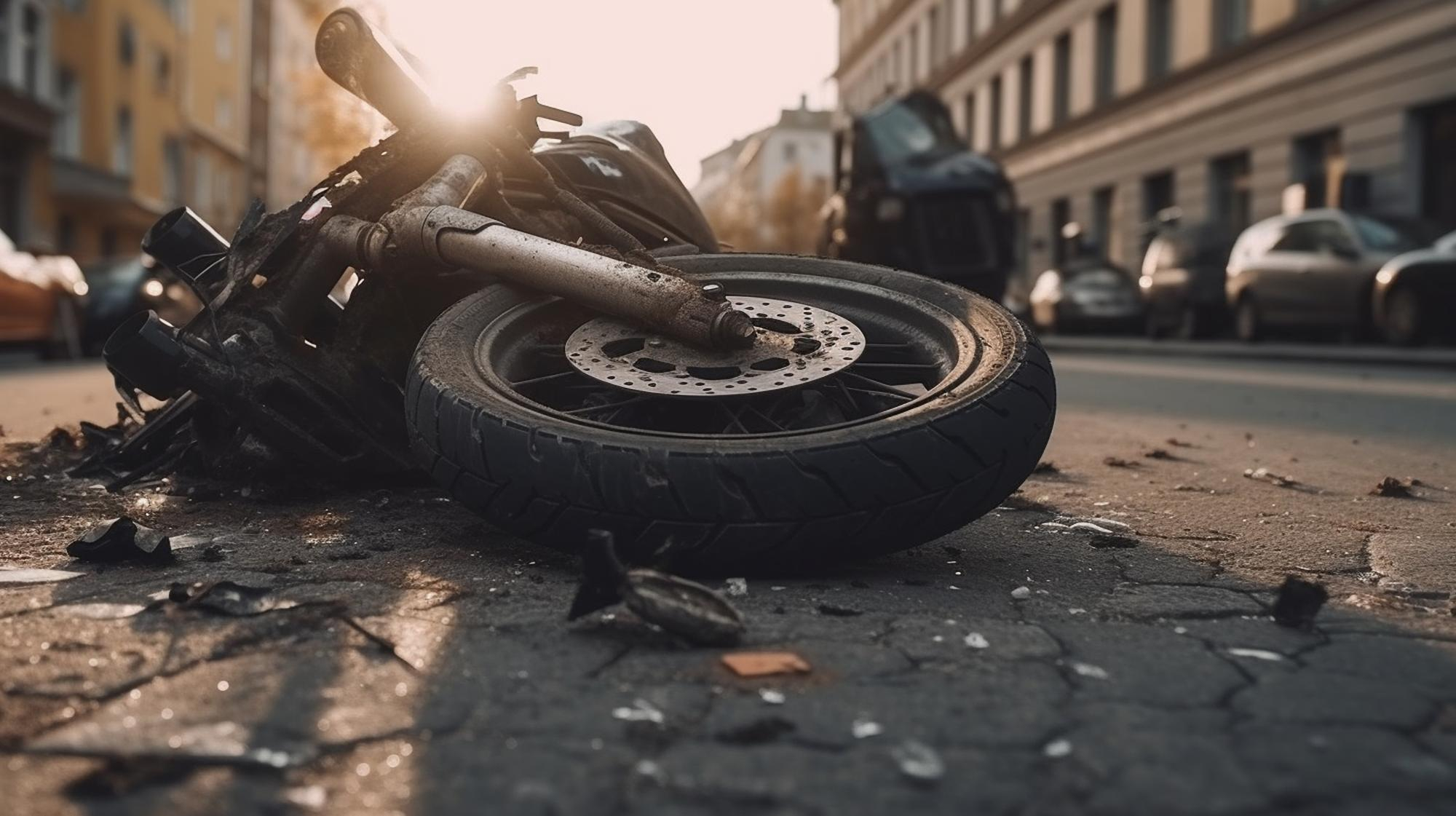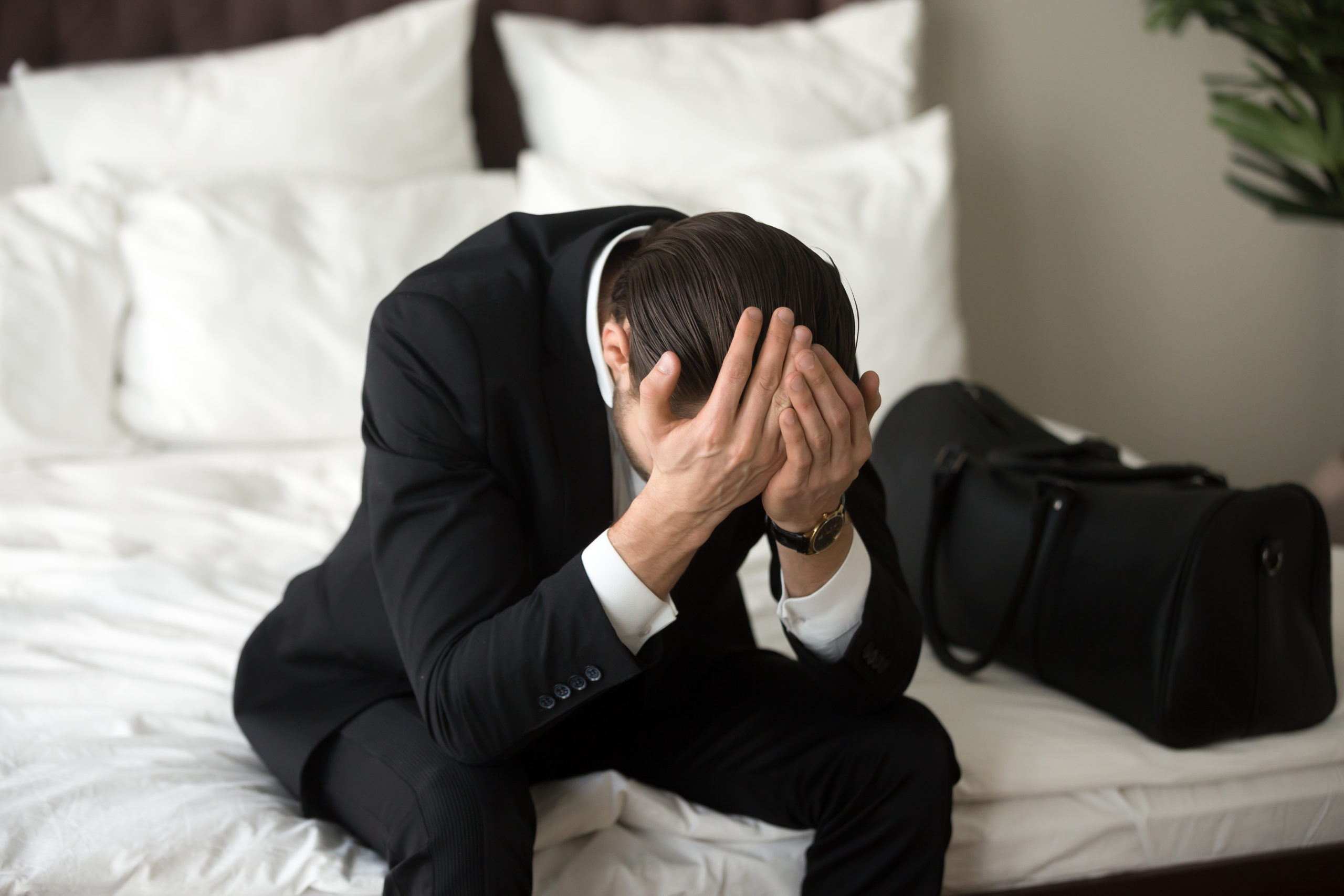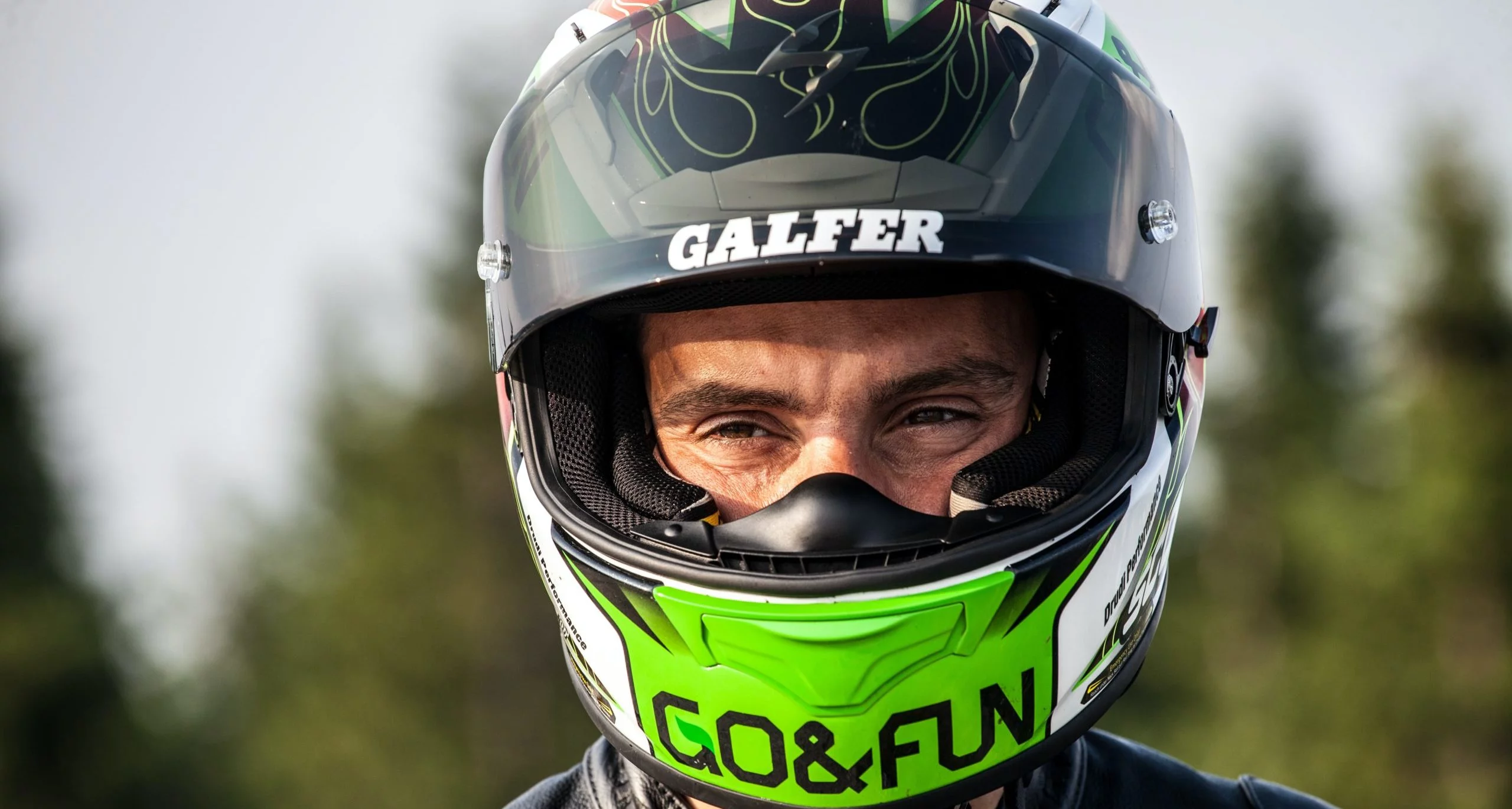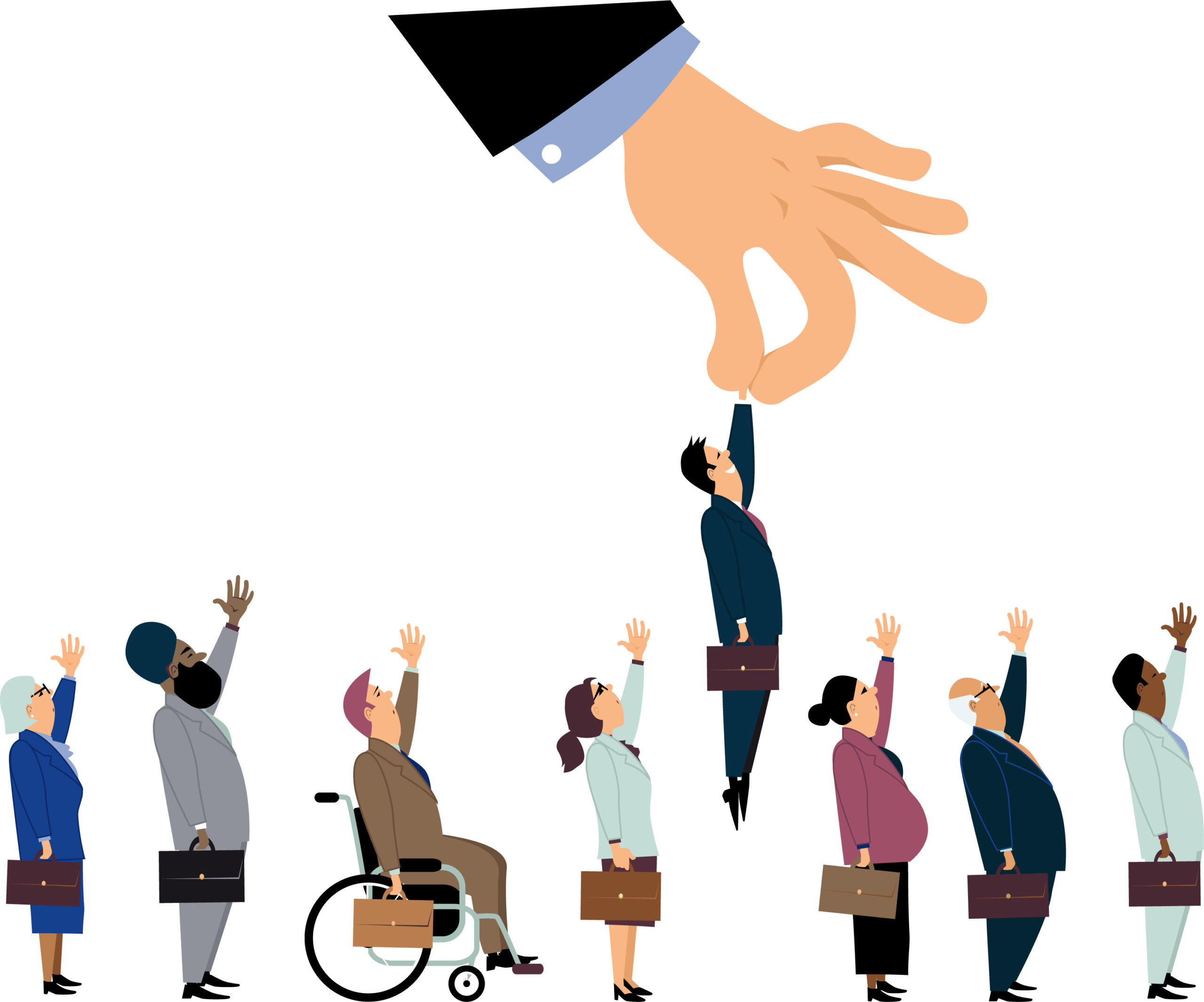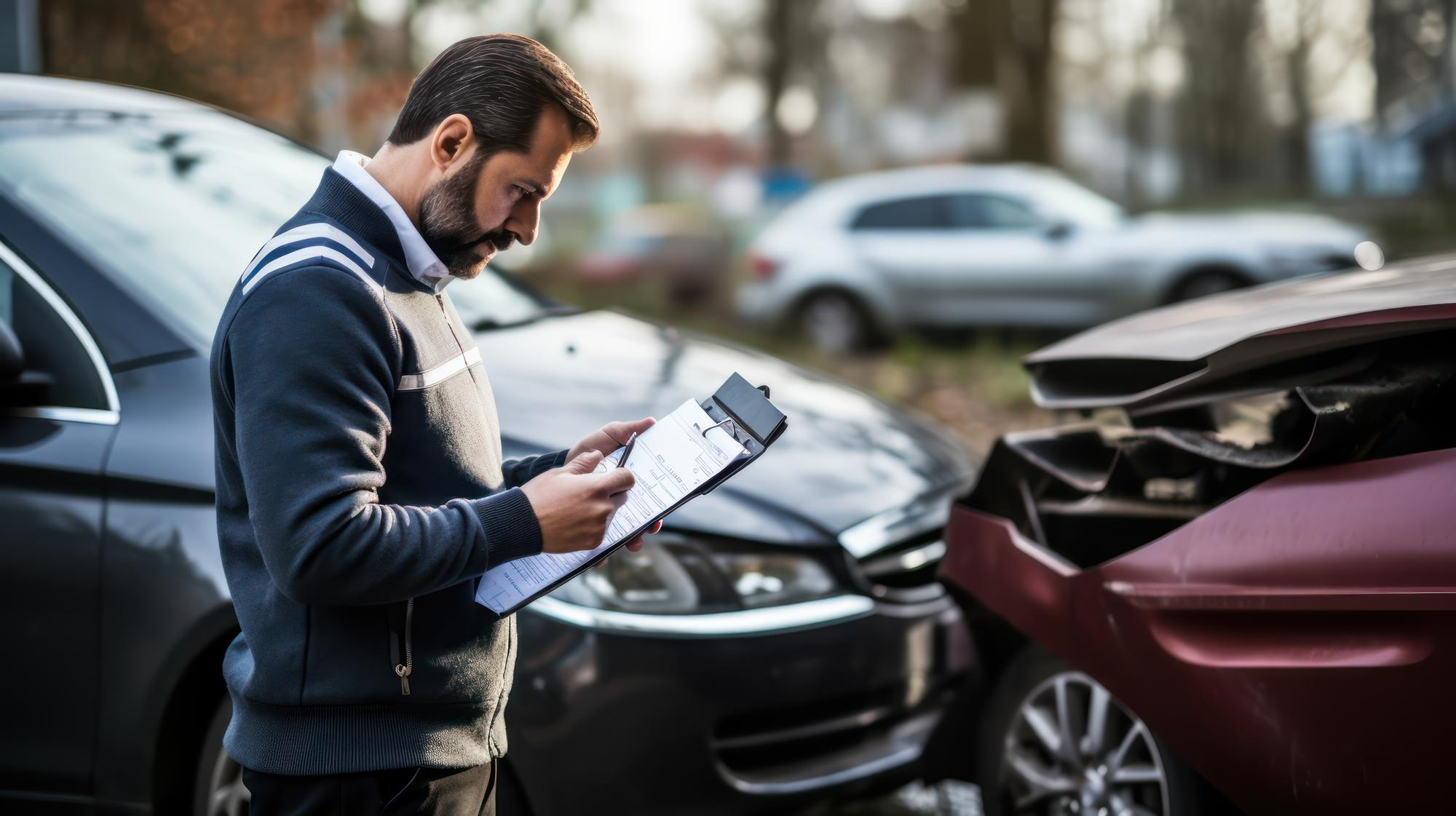Each year, slip and fall accidents contribute to approximately 9 million emergency room visits. While some slip and fall accidents can be minor, others may result in severe injuries that could prove fatal or cause lifelong damage. In fact, they are the second most common unintentional cause of death in the United States. Falls are also considered the most common cause of injuries among the elderly. Approximately 50 to 75 percent of nursing home residents take a fall every year, double the amount of falling incidents suffered by elderly people who live at home.
One of the main things to determine in a slip and fall case is liability. There are a myriad of hazards that can cause someone to fall such as spilled liquid, uneven flooring, and broken stairways. In many instances, the owner of the property is liable for the injury, but sometimes they are not. Natural wear and tear can happen to any piece of property, and some necessary features can be hazardous. While property owners have a duty of care to their guests to keep them safe, everyone has a duty of care to themselves and should always be aware of their surroundings.
Sometimes liability is a grey area. It can be difficult to draw a line between the property owner’s responsibility to prevent the hazard, and the guest’s responsibility to avoid the hazard. Unfortunately, despite everyone’s best efforts, accidents do happen.
Slip and Fall Injuries
The injuries sustained from slip and fall accidents can range from minor, to serious, to fatal. The following list includes several of the most common slip and fall injuries:
Broken Bones
When a person falls, the resulting force of the fall can put too much pressure on their bones, causing them to break. Hip fractures as well as broken wrists and ankles are common in slip and fall cases. While some people may be more susceptible to broken bones, such as the elderly and those with certain health conditions, this does not affect their right to compensation for their injuries.
Hip Fractures
Falling accidents account for over 95% of hip fractures. These injuries are especially common among the elderly and may require a transition to a nursing home. Hip fractures often require surgery and may even call for an artificial replacement. The typical recovery time spent in the hospital is approximately a week, though lengthy physical rehabilitation is needed afterwards.
Soft Tissue Injuries
The soft tissues of the body are the muscles, ligaments, and tendons. These are internal injuries which may take time to become evident after the initial accident. Common soft tissue injuries in slip and fall accidents are sprained wrists and ankles, however more serious tearing od these soft tissues can occur as well. Some signs of soft tissue damage are:
- Bruises
- Mobility issues
- Pain
- Swelling
These injuries may seem minor, but if not properly treated, they can lead to lifelong damage, chronic pain, and other injuries. This is why it is important to seek medical attention after an accident regardless of the appearance of symptoms.
Sprained Ankles or Wrists
Slip and fall accidents tend to put a lot of strain on the wrists and ankles. When someone trips or slips, it may cause the foot and ankle to move in a way they shouldn’t, and most people tend to use their hands to catch themselves. The ligaments can be stretched beyond their limits and even tear. These injuries can have a long recovery time, and if it does not heal properly, it can have lifelong repercussions. Damaged wrists can limit the mobility of the hands, and damaged ankles may impair the ability to walk.
Knee Damage
The knee is designed to only move in the one direction. When slip and fall accidents occur, the knee can be bent or jarred the wrong way, causing sprains and tears. If a person falls forward and lands on their knees, they could even dislocate or fracture their kneecap. Knee injuries have a long recovery time and may even need surgery and physical therapy.
Traumatic Brain Injuries
Traumatic brain injuries, or TBI, occur when someone suffers a blow to the head. While some concussions can be caused by the head being aggressively shaken, most are the result of an impact with a solid object. In the case of slip and fall accidents, this is often the floor or a piece of furniture. While some head injuries can be minor and superficial such as bumps and bruising, they are difficult to differentiate from the major injuries such as skull fractures and brain bleeds without medical testing.
Common signs of a concussion include:
- Confusion
- Dizziness
- Disorientation
- Headaches
- Nausea
- Tinnitus
Major consequences of TBI include:
- Chronic pain
- Loss of brain function
- Loss of motor function
- Seizures
TBI can be fatal, especially if not treated properly or in time. A head injury should be considered potentially serious until cleared by a medical professional.
Cuts and Abrasions
In slip and fall accidents, scrapes and cuts are common and often minor injuries that need treatment like stitches. Depending on how the person falls, the abrasions are usually found on the limbs and head. Some cuts, particularly to thinner skin like the face, may bleed profusely and seem more severe than they are. Occasionally, these wounds may be just the superficial sign of deeper more serious injury.
Back or Spinal Cord Injuries
Blunt force trauma to the back can cause any number of injuries. Slipped discs, pinched nerves, and even fractures to the vertebrae itself. A ‘complete’ spinal injury refers to total and permanent damage to the spinal cord. An ‘incomplete’ spinal injury refers to partial damage that may leave some functionality remaining. When discussing these injuries, the spine is categorized into sections:
- Cervical (C1-C8) – Neck and upper back
- Thoracic (T1-T12) – Middle back
- Lumbar (L1-L5) – Lower back
- Sacral – End of the spinal cord
- Coccyx – End of the spine/tailbone
Damage to the spinal cord generally effects the portion of the body below the point of damage. The symptoms of a spinal injury can be debilitating and long lasting. In some cases, they may even cause permanent paralysis or be fatal. The symptoms of these types of injuries may include:
- Chronic pain
- Dizziness
- Motor function loss
- Numbness/tingling
- Sensory loss
- Weakness
- Paralysis
Shoulder and Neck Injuries
Depending on how a person lands when they fall, they may put too much stress on their neck and shoulders. Some people’s instinct is to catch themselves with their hands, and others may instinctively curl up. Both of these responses carry the risk of the impact spraining or even dislocating the shoulder. Some people may even break their collarbone. The neck is comprised of many delicate parts including soft tissues and nerves. A neck injury could result in minor muscle sprains or paralyzing spinal damage. A broken neck can even be a fatal injury, but these are less common in slip and fall accidents.
Common Causes of Slip and Fall Injuries
There are many different circumstances that can lead to a slip and fall accident. Sometimes these circumstances are due to the negligence of the property owner. It could be that they failed to maintain their property, or that they failed to warn visitors of the potential dangers. Common circumstances that lead to slip and fall accidents include:
- Debris and litter
- Holes in the floor or ground
- Icy pavement
- Insufficient lighting
- Lack of warning signs
- Loose rugs and floorboards
- Slick flooring
- Spilled liquids
- Stairs with damaged or uneven risers
- Stairs with no railing
Who is Liable for Slip and Fall Injuries
When a property owner has visitors on that property, it is the owner’s responsibility to ensure a reasonably safe environment. They must ensure that the area be free of hazards, or post clear warning signs regarding any unavoidable hazards. Of course, the visitor does have some degree of responsibility for their own safety as well. California adheres to pure comparative negligence, which takes into consideration the percentage that each party was at fault when determining liability. These determinations are usually made based on common sense and what is considered reasonable.
In order for a property owner to be held liable for a slip and fall accident, the situation must fall under one of three circumstances:
- The owner or one of their employees must have caused the hazard that led to the accident.
- The owner or one of their employees must have known about the hazard and not addressed it.
- The owner or one of their employees should have known about the hazard and would have addressed it if they had been taking reasonable steps to maintain the property.
What is Reasonable Care?
When determining negligence, one of the main factors taken into consideration is how reasonable the defendant’s actions were. Property owners are expected to take reasonable measures to maintain their property and keep it free of hazards. Some factors considered include:
- Was the hazard present long enough for the owner to know about it?
- Are there regular maintenance protocols in place for the property. Is there proof that these protocols are adhered to?
- Does the hazard serve a reasonable function?
- If the hazard serves a reasonable function, is there a reasonable safer way to serve that function?
- If the hazard used to serve a reasonable function but no longer does, could the hazard have been removed?
- Was there any way to warn people about the hazard or otherwise keep them away from it?
- Did the area have sufficient lighting?
What if You Slipped and Fell Because Your Own Carelessness?
Because California recognizes pure comparative negligence, whenever a slip and fall accident occurs, one of the factors always taken into consideration is the extent of the victim’s liability. It is determined whether the person acted reasonably and how much of the accident was due to their own negligence. Determining factors include:
- Was there a legitimate reason for the person to be near the hazard?
- Should the owner have anticipated that someone would be near the hazard?
- Was there any kind of signage posted warning about the hazard?
- Was the person paying attention to their surroundings?
- Was the person behaving in any way that would increase their chances of falling?
Plaintiffs do not have to prove that they were behaving as carefully as possible, but if they were careless or reckless in a way that contributed to the accident, it can have an impact on how much they may be entitled to recover.
What Should You Do After a Slip and Fall Accident?
In the event of a slip or trip and fall injury, there are a few actions you should take immediately.
Take photos – Take as many photos as you need to fully and clearly illustrate the conditions that caused you to fall. It is best to take these photos right away at the time of the accident. Also ask for any security footage that may have caught the accident.
Get witnesses – If anyone is around when the accident occurs and saw what happened, get their names and information so you can get a statement from them.
Make a report – If the fall occurs at a business, ask for the owner or manager to write up an incident report. This record is documented proof that the accident occurred as well as a fresh account of the details. If there are multiple parties involved, then the accident should be reported to each applicable authority.
Go to a doctor – It is important to seek medical care immediately after an accident. Slip and fall accidents can cause all types of injuries from bruising to broken bones. Some injuries may not be noticeable right away due to their location or just the presence of adrenaline. Even if you feel okay, it is always suggested that you have a doctor assess you to be sure.
Collect evidence – Your clothing may have residue from whatever caused you to slip and can be used as proof. Hold on to anything you have that can be used to support your claims.
Call a lawyer – It is beneficial to contact a slip and fall lawyer right away after an accident. They can advise you every step of the way, assist in investigations, file the claim, and help you pursue and obtain financial compensation.
Hire Mesriani Law Group if You Have Experienced a Slip and Fall Accident
Slip and fall accidents can be embarrassing and stressful, and the resulting injuries may leave you in need of financial compensation. The statute of limitations on personal injury claims is two years and filing a claim can be an ordeal. Our personal injury lawyers are experienced in slip and fall cases and are dedicated to helping you through the legal process. If you have been injured in a slip and fall accident, call Mesriani Law Group today for a free consultation.
Slip and Fall Injury FAQs
What are the most common slip and fall injuries?
Some of the most common injuries from a slip and fall accident are scrapes and bruising. Sprained wrists and ankles, concussions, and knee injuries are also common. Hip fractures are an especially common slip and fall injury among the elderly.
What injuries can you get from a slip and fall?
Injuries sustained in a slip and fall accident can range from relatively minor to extremely severe. A large number of slip and fall accidents result in a few scrapes and bruises. Some may result in sprained joints, broken bones, and mild concussions. Some serious falls could result in brain damage, paralysis, or even death.
What are the symptoms from a slip and fall?
There are many injuries that can result from a slip and fall accident, and several of them have overlapping symptoms. Common symptoms that may occur due to slip and fall injuries are:
• Confusion
• Dizziness
• Fatigue
• Nausea
• Pain
• Soreness/Stiffness
• Tinnitus
What happens to your body when you slip?
Many different things happen to a person’s body when they fall. They become unbalanced, causing gravity to take over. The limbs and appendages may be jarred in ways they’re not supposed to. The body’s instinct is to protect itself, and so it may tense up, attempt to cushion the impact, and release adrenaline into your system.

